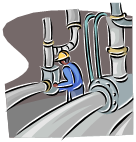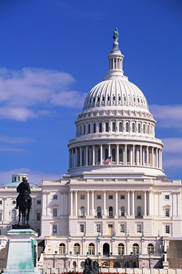The Economist recently published a nice survey on Technology and Geography.
As more consumers (and more technicians, delivery drivers, and so on) carry smart phones with locations, it opens up many nice opportunities for geographic services, geographic analytics, and even optimization. This opens the door to more local uses of network design technology.
Also, if you’ve done network design, you’ve seen the value of displaying data on a map.
Taking it further, Justin Holman, CEO of TerraSeer, makes a strong case that firms should be viewing more data on maps rather than in spreadsheets. As firms collect more data about locations, geographic visualization will become more important.


